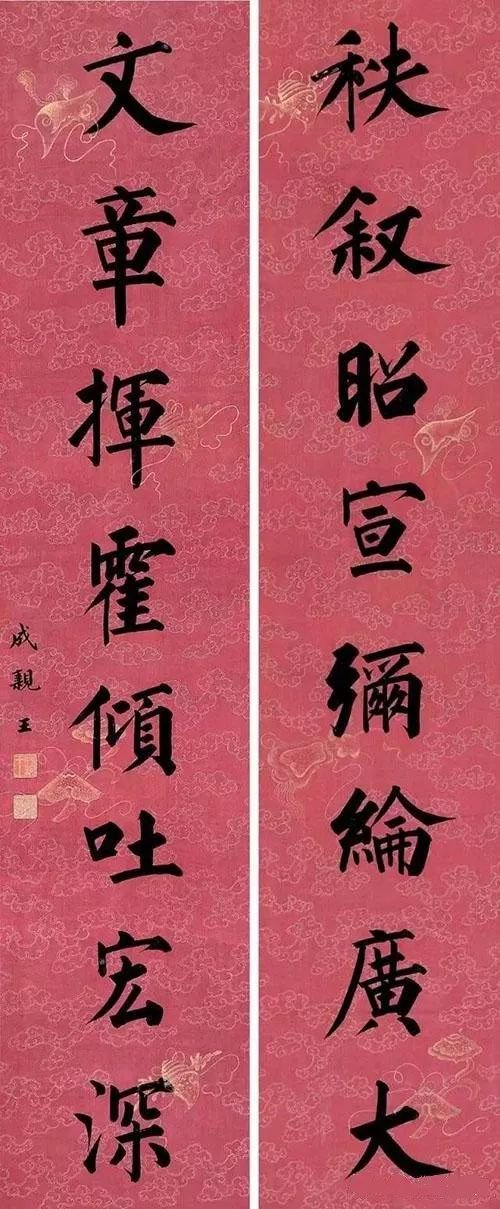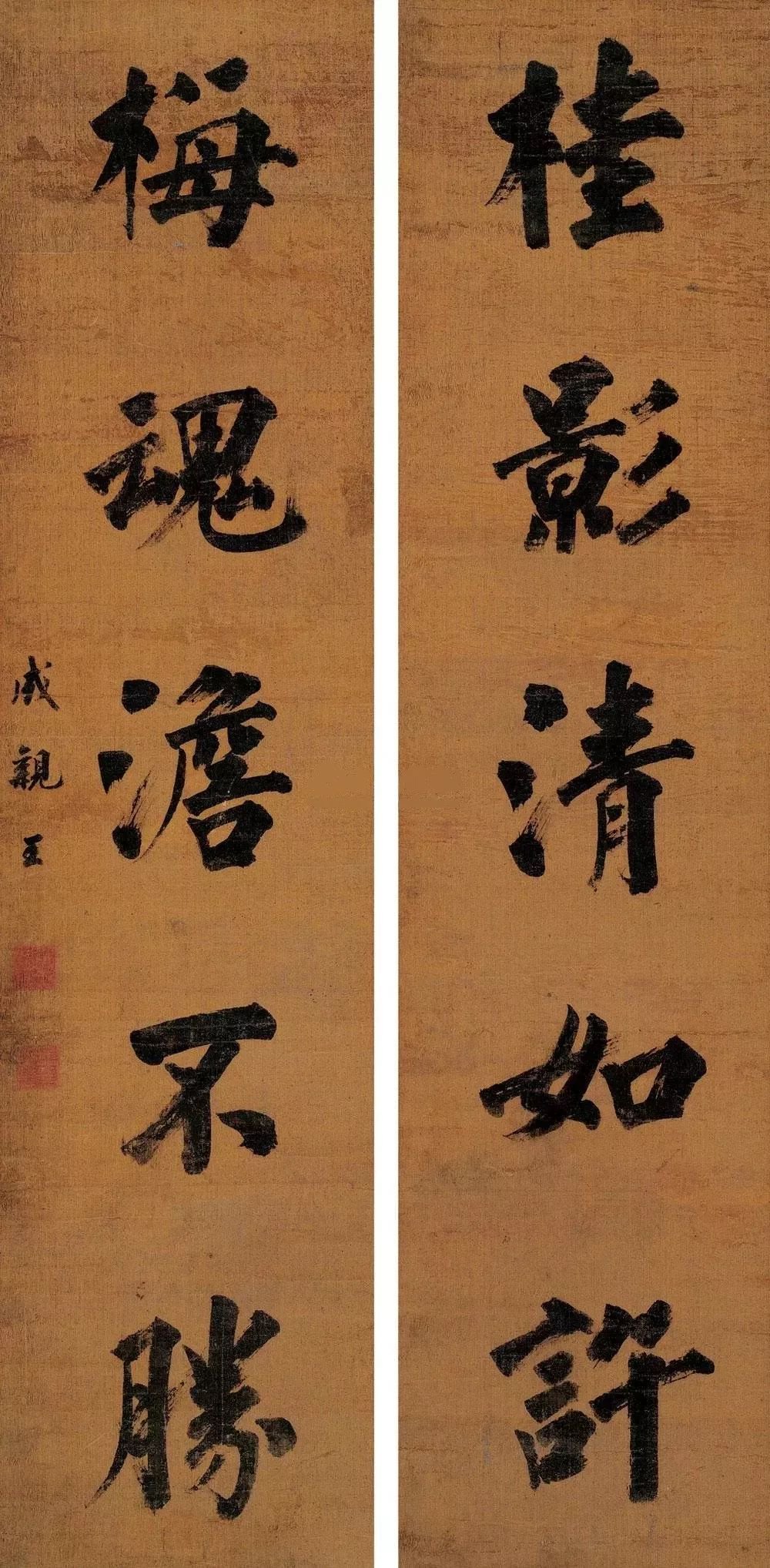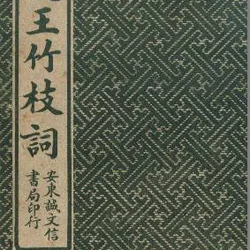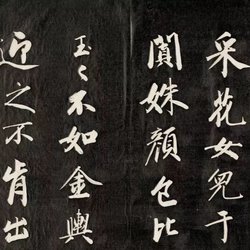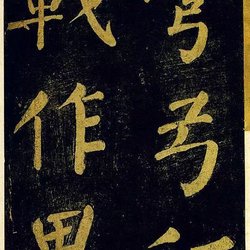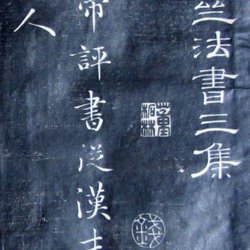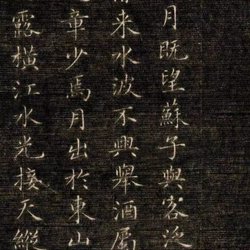In traditional societies with strong concepts of "people are valued when writing" and "character is the quality of calligraphy", when people comment on the works of calligraphers, they often associate character with the quality of calligraphy. If the character is good, the book quality will be high, and vice versa. In fact, sometimes the two are really at odds with each other, as was the case with Prince Cheng Yongxuan in the Qing Dynasty.
stingy, mean, bullying
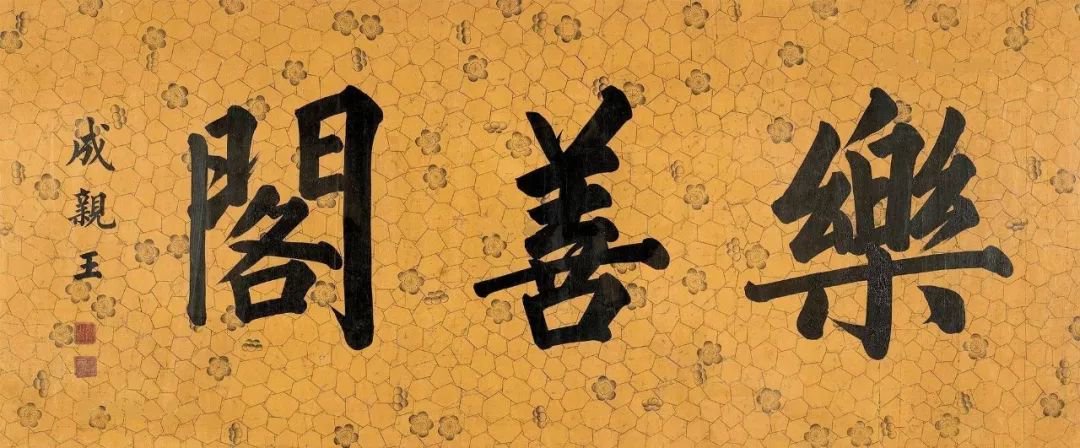
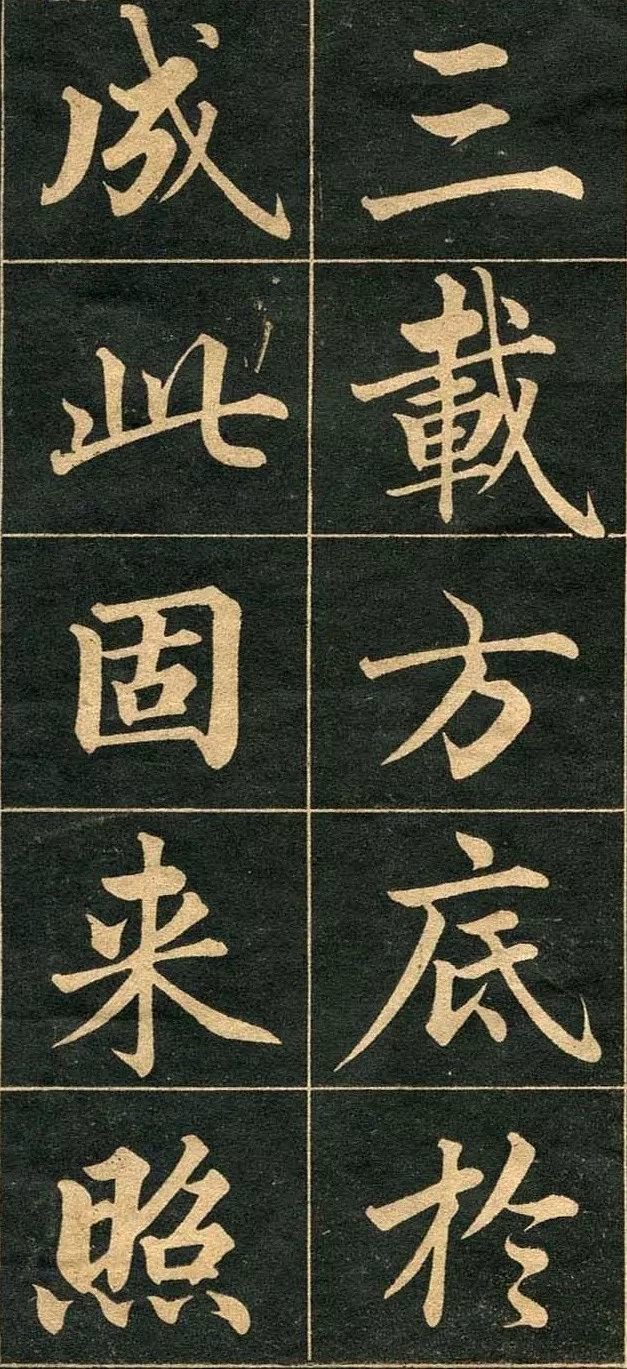
So beautiful and beautiful

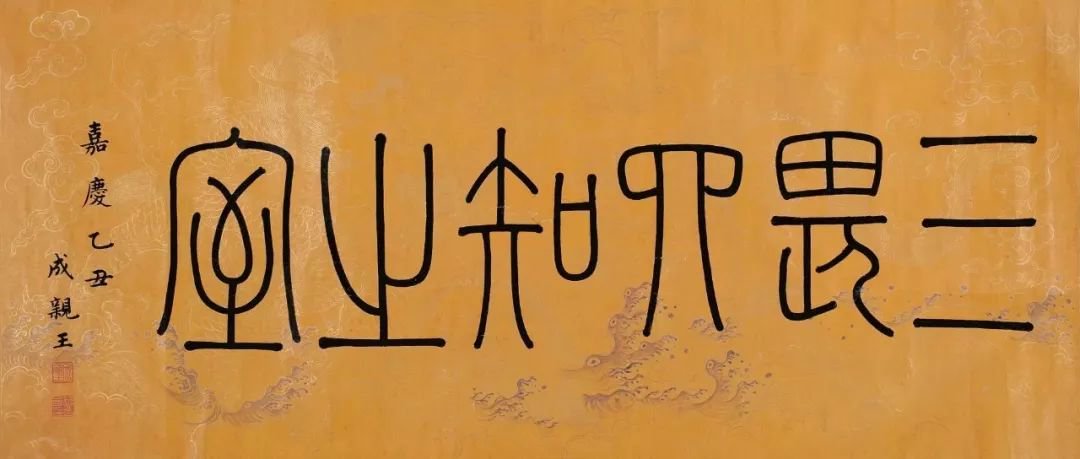
Favored in the past, popular today
